How much to be afraid of the flu? The multiomics approach has the answer

Hello, hello! Today we are going to talk about something super interesting: have you ever wondered why some people get sicker than others when they have the same virus? It is as if some have a protective shield against viruses, as if they were experts in the art of immunity!, while others fall asleep before any cold.
Well, scientists are still trying to solve this mystery, the thing is, viral factors, like different strains of a virus, play a role, but they don’t tell the whole story! There are other elements at play as well, such as pre-existing immunity, age, gender, weight, and even the microbiome, which is like a community of microorganisms that live in your body and can influence your health.
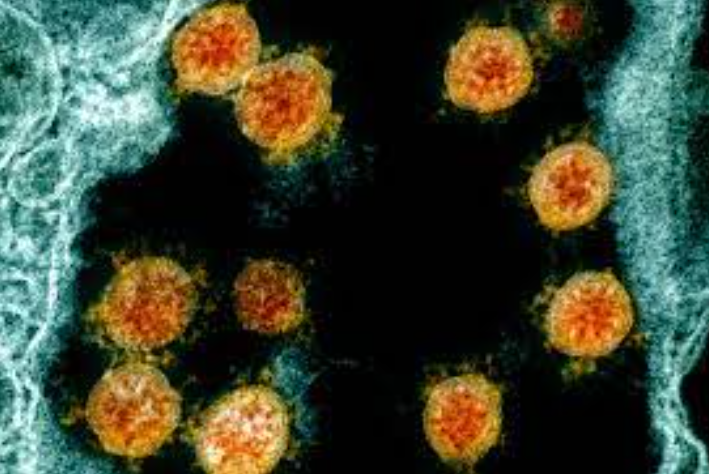
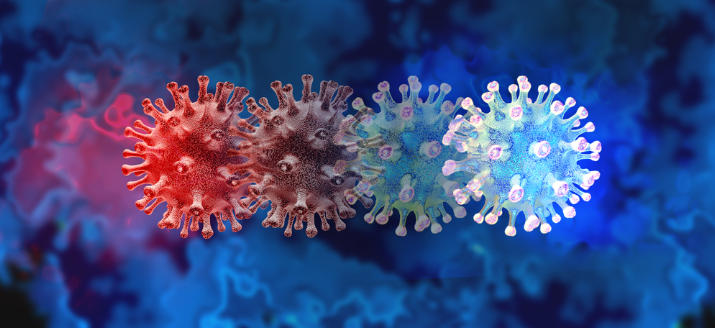
But there is another interesting and surprising factor: the molecular biology that goes on inside your cells! It turns out that DNA, that genetic material that we all have, is not always read in a linear and orderly manner. There are parts called “transposable elements” or “junk DNA” that can change the regions that are being read at any given time. It’s as if DNA were a book with jumbled pages! Recently, a group of scientists led by Dr. Guillaume Bourque discovered something amazing, they studied how these transposable elements affect the severity of the disease after infection with the influenza A virus. Imagine that!
What they did was analyze data from 39 people before and after infection, they used an approach that combines different data sets, such as transcriptome (which are transcribed RNA copies of DNA) and epigenome (which are chemical changes in the DNA that affect gene expression). All very scientific!

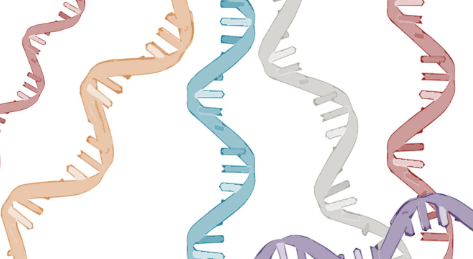
It turns out that they found changes in the “readability” of transposable elements after infection; This allowed them to identify proteins called transcription factors, which can turn specific genes on or off and likely play an important role in how we respond to infection. Almost as if they were the conductors of a viral orchestra! With these discoveries, the scientists were able to create a model to predict how much virus a person would have after infection with influenza A. Almost like reading the viral future!
Although many questions remain to be answered, such as whether these transposable elements are really the cause and whether these changes are sustained over time, this study is an important step in understanding why the severity of the disease varies so much between people. So there you have it, a little glimpse into the molecular world of influenza! Remember that we are all unique and different, even when it comes to getting sick. And if you ever wonder why your friend always recovers faster than you, maybe transposables are playing a part in that story!

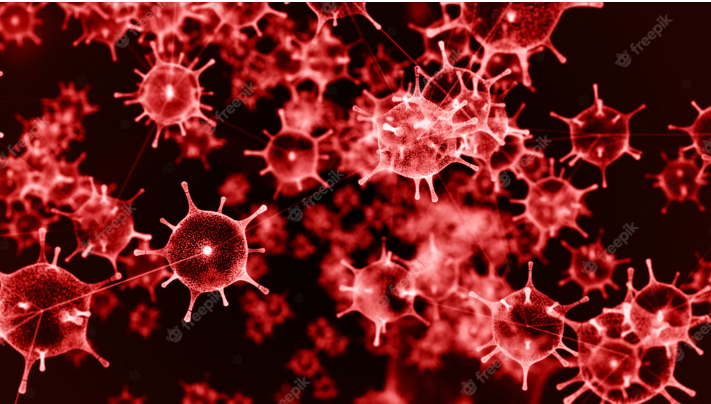
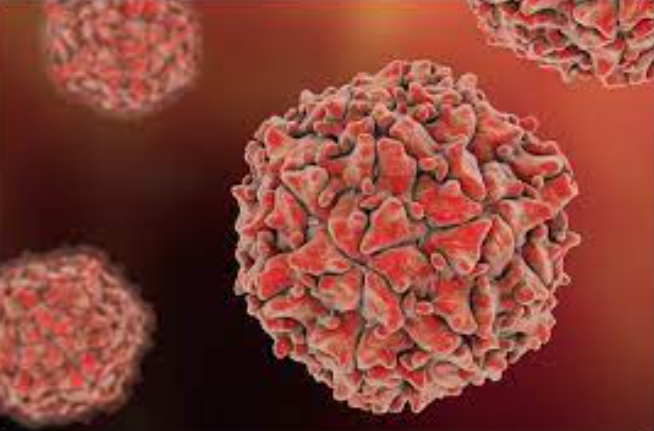
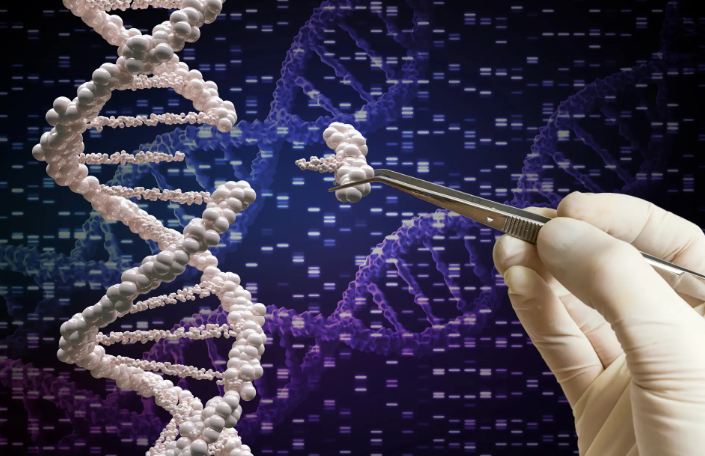

Responses